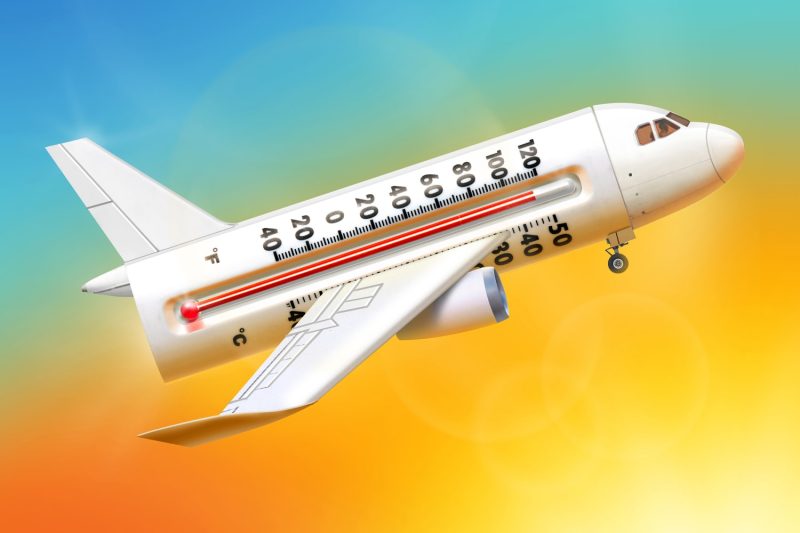As global temperatures continue to rise, the aviation industry is facing new challenges brought on by extreme heat. Airlines and airports are finding themselves under increasing pressure to adapt to these changing conditions in order to ensure the safety and efficiency of air travel.
One of the main concerns for airlines operating in regions experiencing extreme heat is the impact it can have on aircraft performance. High temperatures can reduce aircraft engine efficiency, potentially leading to longer takeoff distances and limitations on payload capacity. In some cases, airlines may need to reduce the number of passengers or cargo they can carry in order to operate safely in extreme heat.
To combat these challenges, airlines are implementing various strategies to mitigate the effects of extreme heat on their operations. This includes closely monitoring weather forecasts and adjusting flight schedules accordingly, as well as conducting thorough pre-flight checks to ensure that aircraft are operating within safe parameters.
Airports are also taking steps to adapt to the changing climate. One notable example is the installation of special asphalt coatings on runways to minimize the impact of extreme heat on aircraft tires. Additionally, airports are investing in infrastructure upgrades to improve the efficiency of air conditioning systems in terminal buildings and aircraft hangars.
Despite these challenges, airlines and airports are working together to address the impacts of extreme heat on air travel. By staying proactive and investing in innovative solutions, the aviation industry is striving to ensure that passengers can continue to travel safely and comfortably, even in the face of rising global temperatures.


































